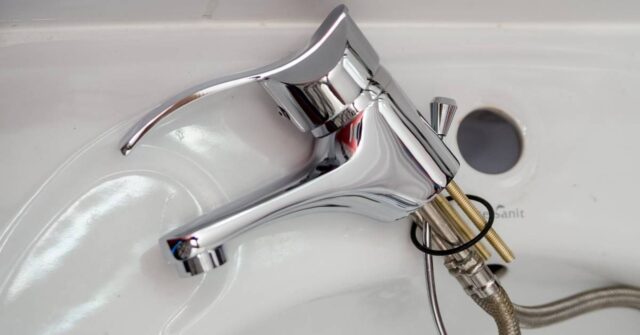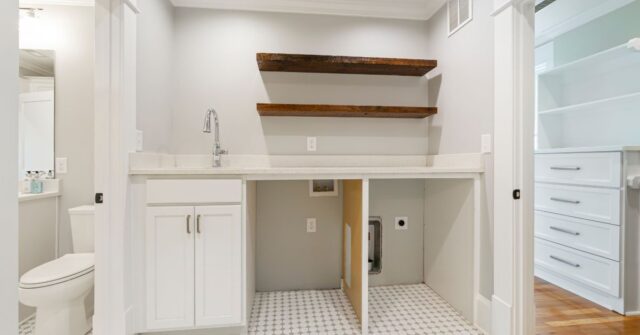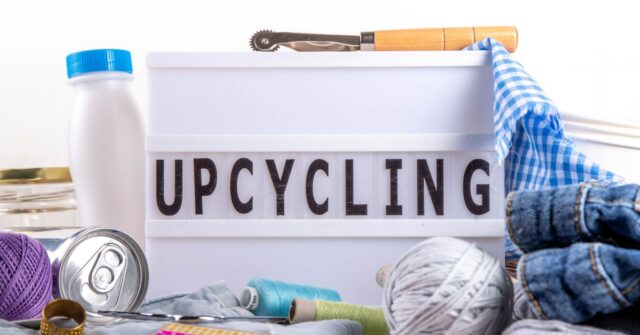For many Australian property owners, the bathroom is more than just a functional space. It’s a sanctuary, a place of relaxation, and often the room where we start and end our days.
However, like any other room in the house, bathrooms can face a range of issues. Fortunately, many of these problems can be fixed with a bit of DIY know-how.
In this guide, we’ll explore some of the most common bathroom problems and provide easy DIY solutions to get your bathroom back in top shape.
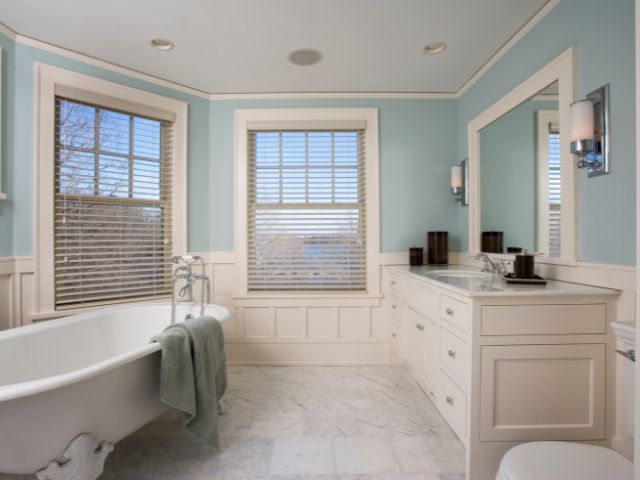
The Importance of a Well-Maintained Bathroom
Every homeowner knows the importance of a well-maintained bathroom. Not only does it ensure the comfort and safety of its users, but it also adds value to the property.
Regular maintenance can prevent minor issues from becoming major, costly repairs in the future.
Understanding Common Bathroom Issues
Before diving into the fixes, it’s essential to understand the common issues that bathrooms face, especially in the unique Australian climate.
The Australian Climate and Its Impact on Bathrooms
Australia’s diverse climate, ranging from tropical to temperate, can have various effects on bathroom materials and fixtures.
Humidity, in particular, can accelerate wear and tear, leading to problems like mould, mildew, and deteriorating grout.
Why DIY Fixes Are Beneficial for Property Owners
Opting for DIY solutions not only saves money but also offers a sense of accomplishment. Moreover, understanding your bathroom’s intricacies can be beneficial for future maintenance and repairs.
1. Leaky Faucets and How to Fix Them
One of the most common bathroom issues is a leaky faucet. Not only can it be annoying, but it also leads to water wastage, which can significantly impact your water bill.
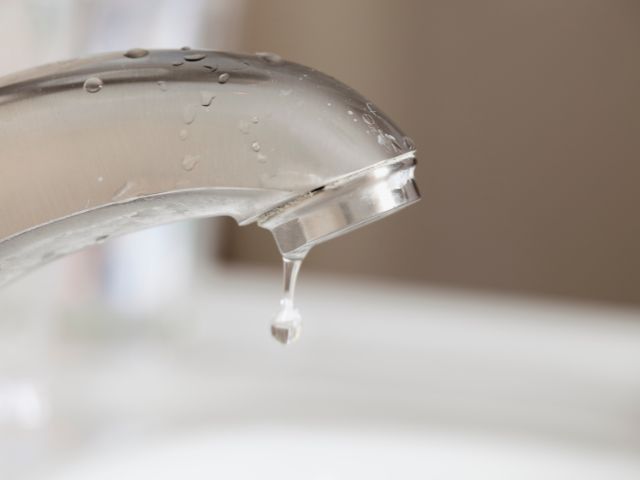
Identifying the Type of Faucet
There are several types of faucets, including compression, cartridge, and ball faucets. Identifying your faucet type is the first step towards a successful repair.
Tools You’ll Need
For most faucet repairs, you’ll need adjustable wrenches, a screwdriver, replacement parts (specific to your faucet type) and plumber’s tape.
Step-by-Step Guide to Fixing a Leaky Faucet
First, turn off the water supply. Then, depending on your faucet type, disassemble the handle to access the faulty part.
Replace the damaged component, reassemble the faucet, and turn the water back on to test.
2. Unclogging Drains the Right Way
Clogged drains can lead to water pooling in your sink or bathtub, creating a breeding ground for bacteria. Here’s how to address this issue.
Common Causes of Clogged Drains
Hair, soap scum, and mineral build-up are among the top culprits. Regular cleaning can prevent these blockages.
DIY Solutions for Unclogging Drains
Use a mixture of equal parts white vinegar and baking soda. Pour it down the drain, wait for 30 minutes, and then flush with hot water. For stubborn clogs, consider using a drain snake or plunger.
When to Seek Professional Help
If DIY methods fail, it might be time to call in a professional plumber to ensure there’s no underlying issue causing the blockage.
3. Dealing with Mould and Mildew
Mould and mildew thrive in damp environments, making bathrooms their ideal breeding ground. Here’s how to tackle this issue.
Why Mould and Mildew Are Common in Australian Bathrooms
The high humidity levels, especially in coastal regions, contribute to the rapid growth of mould and mildew in bathrooms.
Simple Steps to Remove Mould and Mildew
Use a mixture of one part bleach to four parts water. Spray it on the affected area, let it sit for 10 minutes, and scrub away the mould and mildew. Ensure the room is well-ventilated during the process.
Prevention Tips for the Future
Regularly ventilate your bathroom, use exhaust fans, and wipe down surfaces to keep them dry. This can significantly reduce the chances of mould and mildew growth.
4. Repairing Broken Tiles
Broken tiles can compromise the aesthetic appeal of your bathroom and can be a potential safety hazard. Here’s how to replace them.
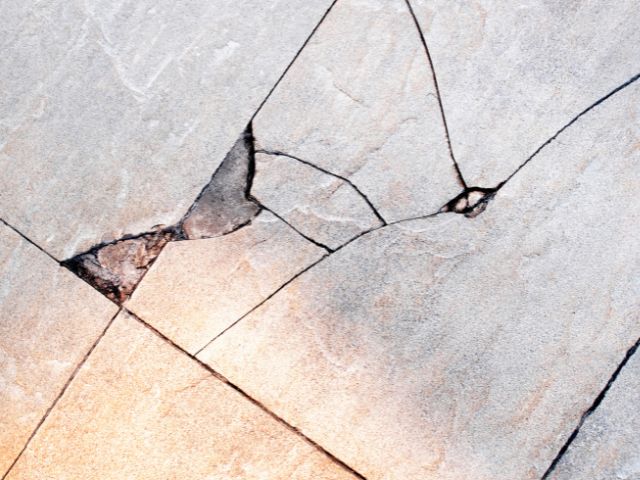
Tools and Materials Needed
You’ll need replacement tiles, tile adhesive, grout, a notched trowel, and a grout float. Ensure the replacement tiles match the existing ones in size and design.
Steps to Replace a Broken Tile
First, remove the broken tile and clean the area. Apply adhesive, set the new tile in place, and let it set for 24 hours. After that, apply grout and wipe away the excess.
5. Fixing a Running Toilet
A running toilet can waste up to 200 litres of water a day. Here’s how to fix this common issue.
Understanding the Mechanics of a Toilet
The toilet consists of a fill valve, flapper, and float. A malfunction in any of these components can cause the toilet to run continuously.
Identifying the Cause of a Running Toilet
Check the flapper for any signs of wear or damage. Adjust the float to ensure it’s at the correct level. Examine the fill valve for any malfunctions.
DIY Fixes for a Running Toilet
Depending on the issue, you might need to replace the flapper, adjust the float, or install a new fill valve. Always turn off the water supply before starting any repairs.
6. Replacing Worn-Out Grout and Caulk
Over time, grout and caulk can deteriorate, leading to water seepage and damage. Here’s how to replace them.
Signs of Worn-Out Grout and Caulk
Discolouration, cracks, and mould growth are clear indicators that it’s time for a replacement.
Steps to Replace Grout and Caulk
Remove the old grout and caulk using a scraper. Clean the area, apply new grout or caulk, and smooth it out for a clean finish.
7. Addressing Low Water Pressure
Low water pressure can make tasks like showering or washing hands frustrating. Here’s how to address this issue.
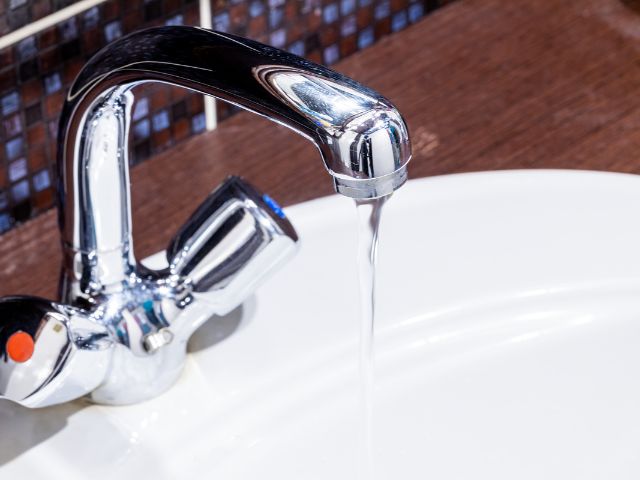
Common Causes of Low Water Pressure
A build-up of sediment, faulty fixtures, or issues in the main water line can lead to reduced water pressure.
DIY Solutions to Improve Water Pressure
Clean aerators, replace old fixtures and check for any leaks or blockages in the plumbing system.
Conclusion: Maintaining a Functional and Aesthetic Bathroom
A well-maintained bathroom not only ensures comfort but also adds value to your property.
With these DIY fixes, Australian property owners can tackle common bathroom issues head-on, ensuring a functional and aesthetic space for years to come.
The Value of Regular Maintenance
Regular checks and timely repairs can prevent minor issues from escalating into major problems, saving time, effort, and money in the long run.



